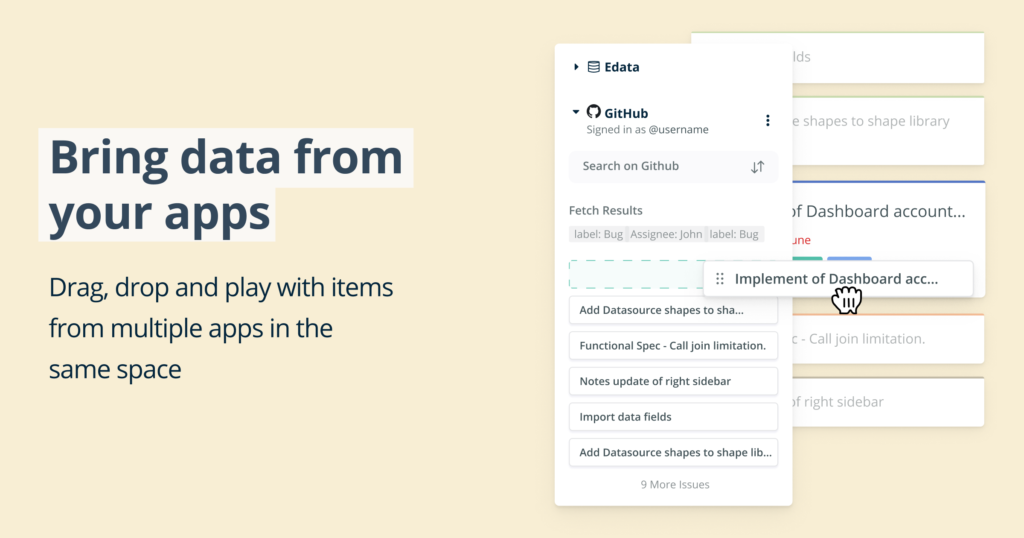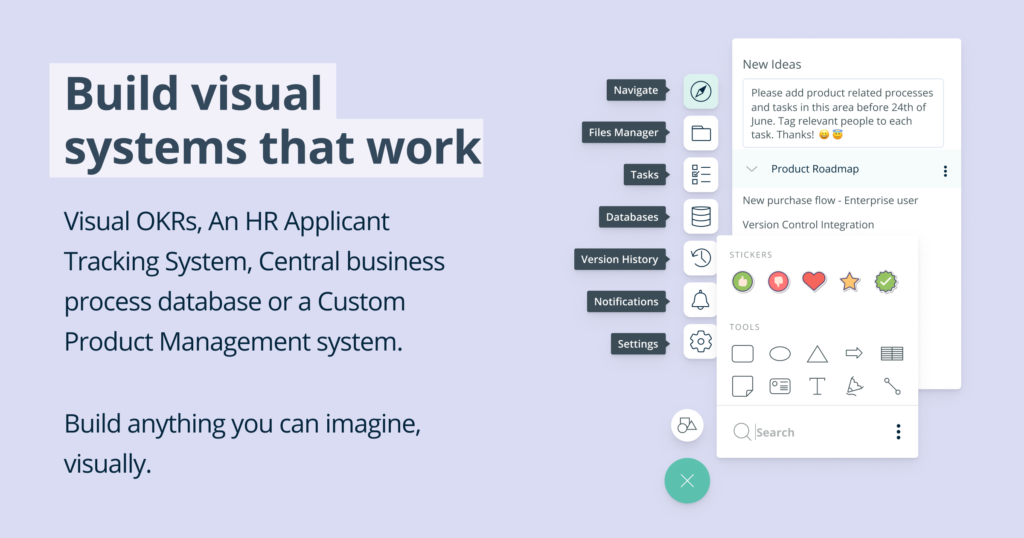Business Analyst Performance Objectives | 3 Example Objectives & Pitfalls to avoid
To define the Business Analyst Performance Objectives for your Business Analysis team is not always the easiest thing to do. This is because a lot of the good performance indicators are not always tangible outcomes but rather intangible demonstrated competencies and characteristics. So the question for a lot of Business Analysis Managers are – how can I fairly and objectively measure the members of my Business Analysis Team’s individual performance?
This article outlines some ideas and examples for you to use when you formulate your team’s Business Analyst Performance Objectives. You should also keep in mind that each measure or objective has some advantages and disadvantages associated with it and should never be applied in isolation. Ultimately each Business Analysis Performance Review Document should be a mix of at least 90% of the different types of Business Analyst Performance Objectives examples listed here. It is very important to have a good balance of these Business Analyst Performance Objectives to guarantee a fair and well spread outcome for each Business Analyst that undergoes a performance review.
 Example Business Analyst Performance Objectives
Example Business Analyst Performance Objectives
There are three distinct categories that you should address when you formulate your Business Analyst Performance Objectives with your team. There may be additional objective categories coming from your wider organisation that you should include as well but for the purposes of this article we will focus on the 3 main categories within the role of a Business Analyst.
Category 1: Skills & Knowledge
Objective #1: Business Analysis Competency
The purpose of this objective is to ensure that the Business Analyst is spending most of their time working on pure Business Analysis artifacts as defined within the industry and the organisation.
The Business Analyst should be demonstrating that they have consistently delivered agreed Business Analysis artifacts such as User Stories, Business Requirements documents, Business Analysis Plans or Approaches, Traceability matrixes etc. These artifacts will be in line with what your organisation is describing within your own internal Business Analysis Practice or System Development Life Cycle Methodology.
You should choose how many artifacts you would expect the Business Analyst to have completed to help make this a measurable objective. You can potentially also use a measure of the number of different types of artifacts the Business Analyst delivered (this is especially useful when a Business Analyst is assigned to only one project for a long period of time.)
Ways for the Business Analyst to demonstrate that they meet or exceed this objective:
- Provide examples of completed artifacts for projects.
- Provide examples of assisting other Business Analysts or team members to complete Business Analysis artifacts.
How well each of these artifacts are completed should be measured by way of Business Analysis peer reviews to accompany each artifact being provided as proof of meeting this Business Analyst Performance Objective.

Category 2: People
Objective #2: Building Strong Relationships
The purpose of this objective is to ensure that the Business Analyst is actively building strong relationships with internal stakeholders, peer business analysts and any external customers that they may be interacting with (like vendors for example).
The Business Analyst should demonstrate capabilities around building new relationships, managing existing relationships and managing any conflicts or difficult stakeholders with awareness of the project and organisational objectives and strategic outcomes. It is important that the Business Analyst demonstrates a sound ability to judge situations where stakeholders are engaged and communicate in an effective and professional way.
Ways for the Business Analyst to demonstrate that they meet or exceed this objective:
- Consider implementing a customer survey which is sent once a quarter to the Business Analyst’s customers to provide feedback and potentially a rating for their experience of working with the individual in the context of their stakeholder relationship management skills.
- Consider implementing a Business Analyst peer survey where the Business Analyst’s peers provide feedback around the individual’s communication, engagement with the wider team and general contribution to the Business Analysis team.
- Any other informal or formal feedback that the individual receive around building strong relationships should be included in the discussion around meeting this business analyst performance objective.
Important note: The two suggested surveys for this business analyst performance objective must be managed with care to avoid scoring people beyond what is reasonable. It is an easy trap to fall into as the Business Analysis Manager to start comparing people against each other which can lead to a very unfair outcome. These surveys are helping the Business Analysis Manager to get a general theme of feedback of the individual and should be considered as subjective information to be used as an additional mechanism to help aid in providing the Business Analyst with feedback on their performance.
 Category 3: Process
Category 3: Process
Objective #3: Enterprise Capability Uplift
The purpose of this business analyst performance objective is to encourage the Business Analyst to actively engage with the Business Analysis team and do professional development activities to progress their own careers.
This business analyst performance objective is often measured by providing Business Analysts with the opportunity to take pro-active initiative with implementing a variety of improvements or new processes within the Business Analysis Practice or department. This can be any type of Business Analysis initiative from implementing a non-functional requirements checklist to updating Business Analysis templates. Other examples could include being the organizer or presenter at an informal learning session or workshop to share knowledge with other Business Analysts within the Business Analysis Practice.
Ways for the Business Analyst to demonstrate that they meet or exceed this objective:
- Lead or take part in a Business Analysis Practice initiative approved by the Business Analysis Manager.
- Deliver the agreed Business Analysis Practice initiative as per agreed scope and time-frame.
- Mentor or provide examples to other Business Analysts within the Business Analysis Practice to assist them to achieve their own professional development.
- Complete other learning courses or workshops to develop their own professional development as a business analyst.
These 3 Business Analyst Performance Objectives cover the main aspects of a Business Analyst’s performance and when applied in a clear and measurable way it provides a fair and holistic Business Analysis performance framework to work within.
Main pitfalls of Business Analyst Performance Objectives Reviews include:
There is however also some considerations to be taken into account when you define your Business Analyst Performance Objectives for your team. The main pitfalls to look out for when you formulating your Business Analyst Performance Objectives include the following:
- Optimise continuity in the performance appraisal process. Within the Business Analysis world there is often a frequent change of Business Analysts and with that comes changes around line management. As the Business Analysis Manager you should develop your Business Analyst Performance Objectives process in such a way that the Business Analysts are continuously documenting their performance measurements and proof of good performance by introducing monthly performance management meetings. This will assist in minimising the impact of a line management change because all the relevant achievements and outcomes have been documented throughout the year in the business analyst performance review documentation.
- Inconsistent ratings allocated. Be very careful to not take the ratings that is collected via any surveys you might implement too literally when you assess your team. It is important to collect the information but be very cautious when interpreting the data. You should only use the rating results to identify consistent patterns in feedback that you might collect this way about an individuals Business Analysis performance.
- Lack of knowledge of the Business Analyst Performance Objectives. Ensure that you provide the Business Analyst team with all the required information and processes that is involved in the Business Analyst Performance Objectives review cycle. Make sure your team fully understand the importance of the process and also know exactly what is required of them to perform well during the Business Analyst Performance Objectives appraisal meetings. Many Business Analysts don’t know just how important this can be and needs to be made of aware of it to ensure they get every opportunity to succeed within your organisation.
- Minimize the number of people performing an appraisal. As you would appreciate, the more people that are involved in executing the Business Analyst Performance Objectives appraisals the more inconsistencies can occur with the results. If you have many team leaders doing appraisals for their teams, try to either provide your team leads with good guidelines and training prior to the appraisals or as the Business Analysis Manager commit to partake in each Business Analyst Performance Objectives appraisals meeting to ensure more consistency. This will minimize inconsistencies between the different team member’s Business Analyst Performance Objectives outcomes and give your Business Analysts a fairer appraisal.
In conclusion
Although the Business Analyst Performance Objectives that are used in the different organisations around the world can be wrought with problems and a lack being measured fairly, it is very important to provide your Business Analysis team with a performance measurement framework. These main categories with example Business Analyst Performance Objectives is a good starting point for you to develop a fair, clear and well balanced Business Analyst Performance Objectives framework for your business analysis team. Remember that people will perform better and achieve more success when they feel valued and as if they are being treated fairly. Good luck!
Please share your views and opinions on this topic below.






